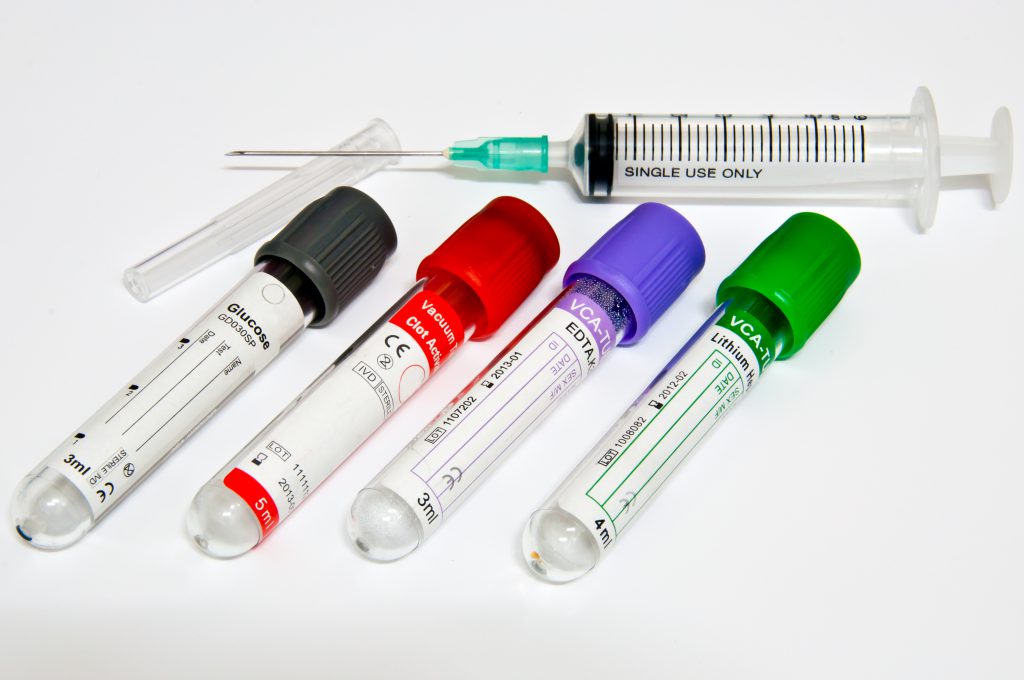Scientists at Nanjing University in China have created an inducible fluorescent probe to detect major contaminants of heparin. This development could aid manufacturers in quality control of the drug.
Heparin is commonly used to prevent clotting during cardiovascular surgery, and as a long-term anticoagulant. In the US, sales of low molecular weight heparin reached $6.5 billion in 2013. As it’s prescribed to millions of people each year, it’s important that both the dosing and quality of heparin be well maintained.
Categorized as a blood thinner, heparin overdose can cause excessive bleeding, bruising easily and blood in the urine. Oversulfated chondroitin sulfate (OSCS) is a common contaminant of heparin which is difficult to detect due to its chemical similarity to the anticoagulant. OSCS can cause a number of side effects, and was thought to be responsible for 150 deaths between 2004 and 2008 after the manufacturers of the drug were believed to have purposefully adulterated heparin to cut costs.
Hui Wei, the principal investigator in the study, and his colleagues designed a probe that recognizes and binds to heparin, creating a florescent signal. With the addition of heparinase, an enzyme capable of disrupting the interaction between the probe and heparin, the researchers were able to quantify the amount of contaminating OSCS in the sample. OSCS is a known inhibitor of heparinase so if the heparin is contaminated with OSCS, there will be little to no change in the level of fluorescence.
Currently heparin dosing is calculated using expensive active clotting or activated partial thromboplastin time assays which require a significant time commitment and can be unreliable. Detecting OSCS contamination in heparin samples requires the use of high performance liquid chromatography (HPLC) coupled with nuclear magnetic resonance (NMR) and mass spectrometry (MS), which require specialized equipment and can be costly.
“[The] method could not only simplify the detection of heparin but also shorten its detection time, which in turn could reduce the burden on patients. And, the OSCS identification strategy may provide an alternative way to control heparin quality,” comments Wei.
This development is already causing a buzz among biosensors experts. Kenneth Kam-Wing Lo from the City University of Hong Kong says, “this interesting work will inspire the development of molecular probes and assays for biomolecules with high selectivity and sensitivity.”
Sources:
- Ding, Y., Shi, L., and Wei, H. (2015). A “turn on” fluorescent probe for heparin and its oversulfated chondroitin sulfate contaminant.Chem. Sci.
- Simple probe for heparin quality control – http://www.rsc.org/chemistryworld/2015/08/heparin-quality-control-probe-oversulfated-chondroitin-sulfate
- Heparin Contamination May Have Been Deliberate, F.D.A. Says – http://www.nytimes.com/2008/04/30/health/policy/30heparin.html?_r=0












Join or login to leave a comment
JOIN LOGIN